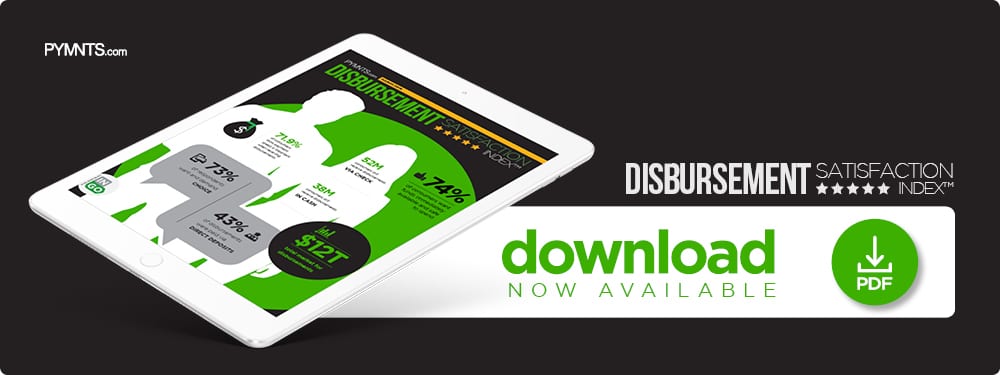Deep Dive: How Restaurant Operators Are Driving mPOS Evolution
Restaurants have traditionally served in-house patrons only, and full tables used to mean wait times for those looking for meals. Next came the invention of takeout, then phone-in and online ordering — all of which required restaurants to adjust their focus to offer top-quality services for all customers. Unfortunately, this system often resulted in eat-in patrons being seated and served first, meaning takeout customers faced cold meals or long waits for orders.
But things are changing — and fast. Restaurants are now catering to consumers’ growing demand for convenience, increasingly tapping into new mobile point-of-sale (mPOS) and mobile order-ahead solutions to provide quicker service to all guests. Advanced mobile ordering adoption for in-store, drive-through and curbside pickup — as well as delivery — is further cutting down on lengthy wait times and making it an increasingly dominant channel.
Catering to Modern Consumers’ New Norms
Recent research indicates that restaurant operators are no longer interested in taking a back seat when it comes to industry evolution, and instead want to be active participants as new POS and payment options are unveiled. Establishments that cater to consumer demand have higher retention rates and better chances of gaining new customers, after all. Creating frictionless, convenient purchasing and ordering options can only increase patronage and sales.
While some initially waited to see how mPOS offerings would affect the restaurant industry, operators now appear to be hustling to adopt these technologies. Approximately 58 percent of those surveyed said adding it is “a top business driver influencing [their] next POS upgrades” in 2019, and 39 percent intended to roll out their own mPOS offerings throughout the year.
Restaurants seem to be taking innovation to heart, particularly as they prepare to face increased competition in an ever-growing market. They may be serving an increasing number of delivery or order-for-pickup customers, but that doesn’t mean they’re off the hook when it comes to providing the same welcoming, top-notch experiences for mobile orders as they would for those in-house.
While mobile ordering gives consumers the ease of use they desire, web and mobile channels risk providing purchasing experiences that feel impersonal. Personalization solutions combat this by giving operators opportunities to customize consumers’ experiences, remembering personal details, suggesting items based on previous purchases and offering discounts and freebies for special events like birthdays or anniversaries. These app features help create the same personal connections customers receive in-store while encouraging repeat business through digital channels.
Impacts on Day-to-Day Operations
Mobile ordering isn’t just providing consumer conveniences, either. It’s also making restaurant operators’ lives easier — so long as they invest in POS management systems that help them smoothly handle service.
The global POS restaurant management systems market is expected to reach $30 billion by the end of 2026, representing a compound annual growth rate of 12.4 percent, according to Transparency Market Research’s findings. These systems are crucial for modern in-store and mobile ordering operations, helping to organize requests coming in from multiple channels, reduce the time it takes to fulfill them, award discounts, make sales, enable payments and minimize errors throughout the entire process — especially during peak operating hours.
These features save money and lower costs, leading many operators to consider mPOS solutions to be worthwhile business investments. Restaurants that regularly receive in-store, mobile, drive-through, takeout or delivery orders — both from the establishment and through third-party food partners — will rely on POS restaurant management systems more and more as consumers increasingly shift to digital channels.
Operators can’t neglect in-store service, however. Customers who are dining in will still require the same attention and care they have always received, even if most now come from outside channels. POS management systems are restaurants’ best bets for keeping pace and creating engaging, attentive customer experiences across all channels.
Broader POS and Management Systems’ Futures
Despite mobile ordering’s immense growth and the ongoing need for solutions that keep restaurants’ orders organized, certain factors inhibit POS restaurant management systems’ advancement. Few single seamless integrated offerings — which enable integrations with available software and hardware solutions — are easily accessible, which can complicate the implementation of new solutions.
Such issues make adoption difficult for operators looking to add POS restaurant management systems to their operations. Achieving the desired results currently requires investments in planning, development, manpower and money.
Emerging mobile ordering options will all require POS investments to enable their capabilities, however,
and the operators that absorb costs now may find themselves on the winning side when ubiquity is reached. Those functioning 40 years ago could hardly have imagined that mobile ordering would take the market by storm, but early adopters that took risks by investing in them have reaped the rewards.
It’s imperative for restaurant operators today to apply the same considerations, thinking less about the added monetary costs now and more about the opportunities of the future.

